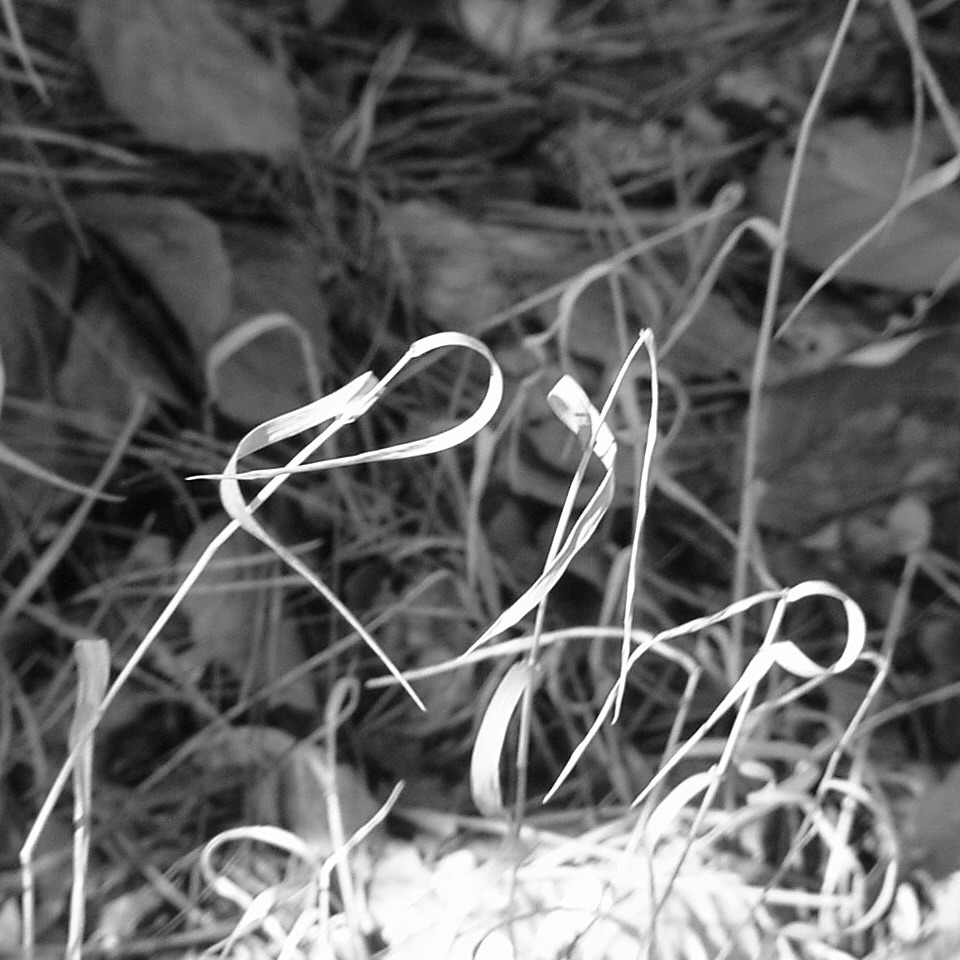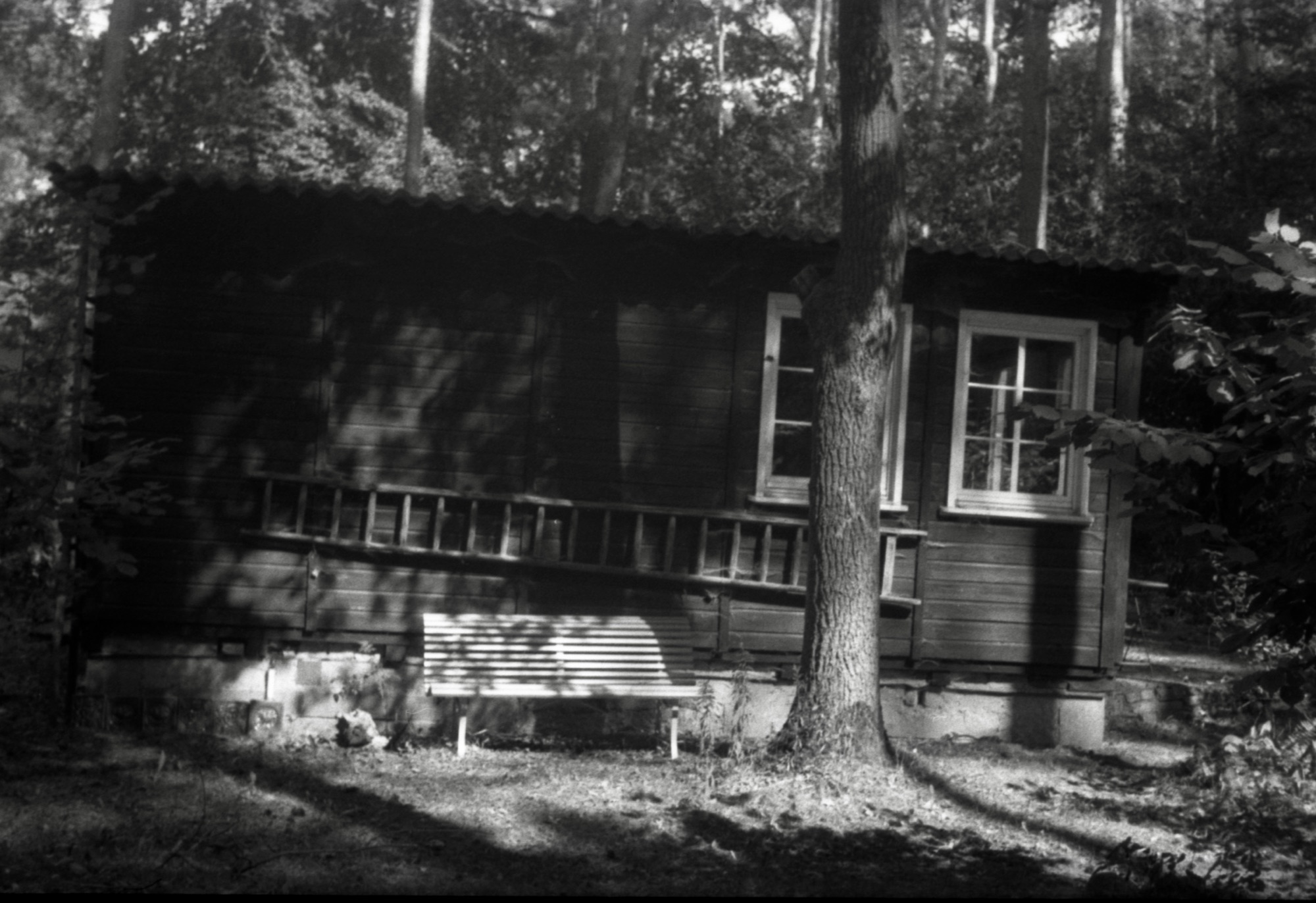I just ported a small testing script included in the source tree from rc (which is Plan9’s command interpreter) to bourne shell. And then I ran it, obviously.
The first test to fail was a small snippet called “fio”:
include "fio.h"
F:=fopen("include/fio.h", 0);
a:array of char;
do{
a=<-F.in;
print(a);
}while(len a);
This is pretty straight-forward. It includes the fio.h header (probably “file input output”) and then opens this exact header file and echoes it to standard output. The most notable thing about it is probably this line:
a=<-F.in;
which translates to English as “read from the channel F.in into a”. Channels are a thing unique to Newsqueak, but in this case this channel is basically only used like some kind of a character stream, very much like C++’s std::iostream. Channels can do more than that, some of which I covered in another blog post.
But back to the test – why did it fail? Well, to be exact, the line that failed was the first one – the include. Here’s the strace.
open("progs/fio", O_RDONLY) = 3
read(3, "include \"fio.h\"\nF:=fopen(\"include"..., 8192) = 104
open("fio.h", O_RDONLY) = -1 ENOENT (No such file or directory)
open("/usr/rob/src/squint/include/fio.h", O_RDONLY) = -1 ENOENT (No such file or directory)
write(2, "progs/fio:1: can't open fio.h\n\n"..., 31progs/fio:1: can't open fio.h
As you can see, the include statement searches for “fio.h” in /usr/rob/src/squint/include/. That won’t bring up too much; I’m not Rob and modern Unix systems have their “user” directory under /home anyway.
(Note however, that this path does probably not stem from some ancient Unix machine (or a not-so-ancient FreeBSD machine), but from Plan9’s use of /usr for, well, users. Okay, back to the text:)
This path is actually hard-coded in the lexer, here’s the code from lex.c:
349 char buf[1024];
350 fd=open(s, 0);
351 if(fd<0 && s[0]!='/' && s[0]!='.'){
352 sprint(buf, "/usr/rob/src/squint/include/%s", s);
353 fd=open(buf, 0);
354 }
355 if(fd<0)
356 error("can't open %s\n", s);
And this fact is even documented in a file called “sq” in the source tree:
include "file"
include may appear anywhere an identifier is legal
if file is not found locally, and does not begin with a / or . ,
it is looked for in /usr/rob/squint/include.
So, what do we learn from all this?
-
The Newsqueak “include” statement is handled by the lexer (which makes sense given that it’s much like the one in C, where the pre-processor handles it).
-
Obviously, this code was never used by anyone but Rob Pike himself (except for, maybe, people on the same machine – and other people called “Rob” running either old Unixes or Plan9).
-
Digging through other people’s code can be fun. Especially when the code is old and/or strange and has stories to tell.
-
This must be fixed.
I’m not yet completely sure how to handle include file lookup. I will probably end up using some “config.h” with a compile-time constant, or just some hard-coded sane default. However, I think I’ll look at how python does this, first. There’s no rush, right?
In other news: the interpreter still doesn’t build with certain newer versions of make and/or gcc [nope, it was a 64 bit issue, see update below]. It’s probably not a code problem, so a fix will require someone to look through the Makefiles and stuff.
I will do that, but not right now, that’s just too boring and cumbersome after a long day at work.
(Update: Now it does build, and it was in fact a code problem: some of the included Plan9 libraries don’t build on 64 bit hosts. These are probably ancient versions of those libraries anyway, I’ll see if I can replace them with more current unix ports (or if those have the same problems))
As always: Happy Hacking!







Leave a Reply